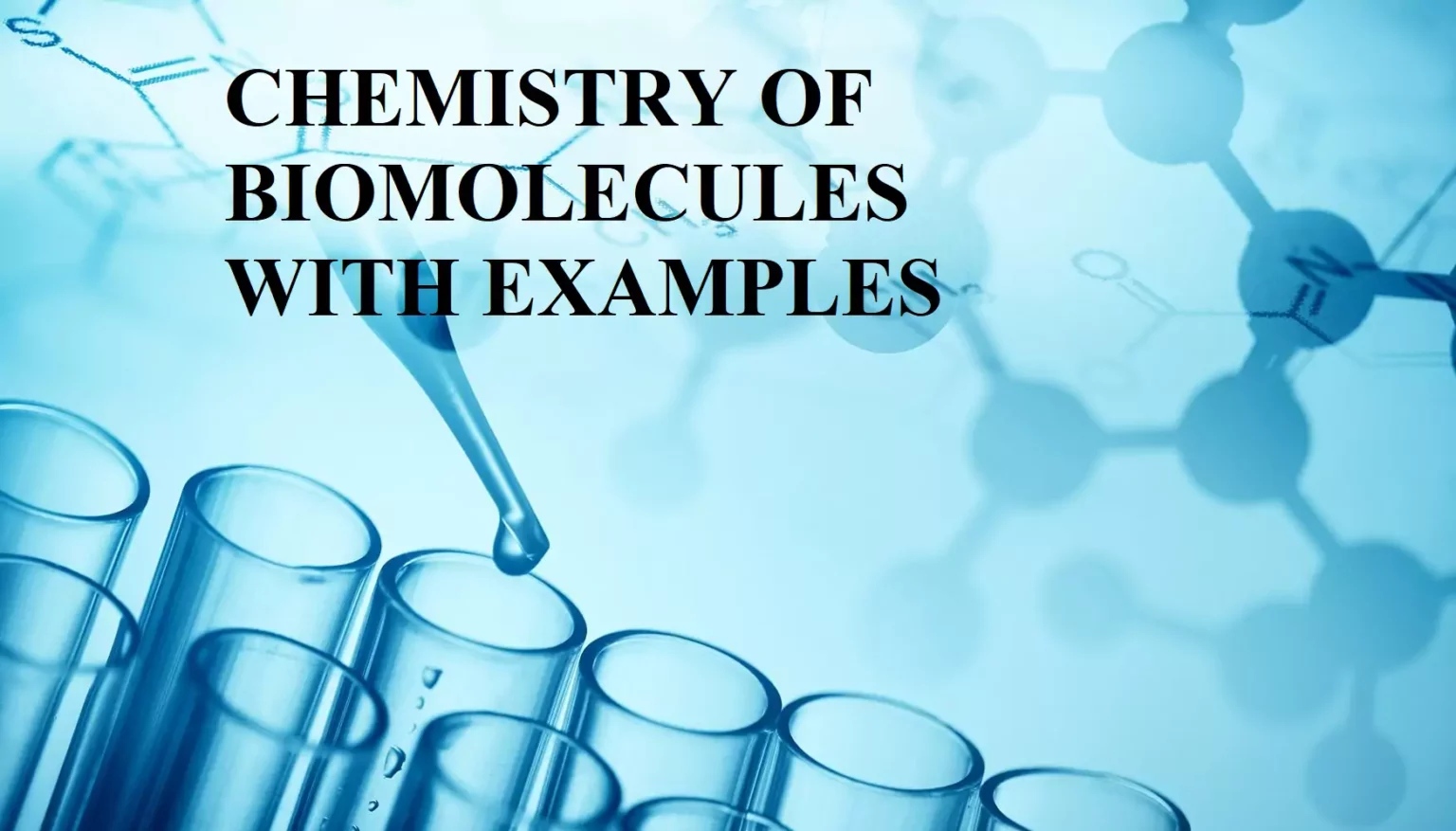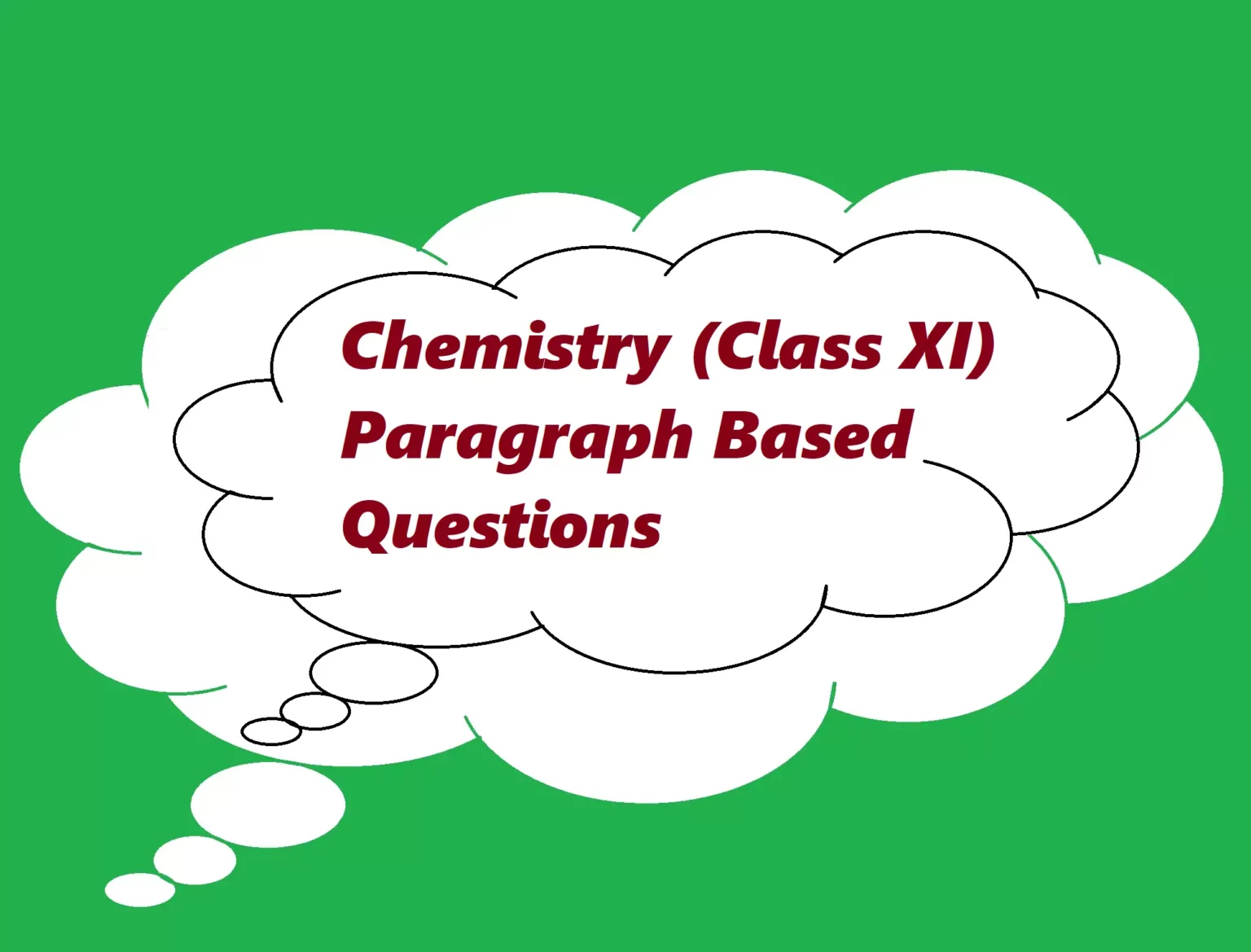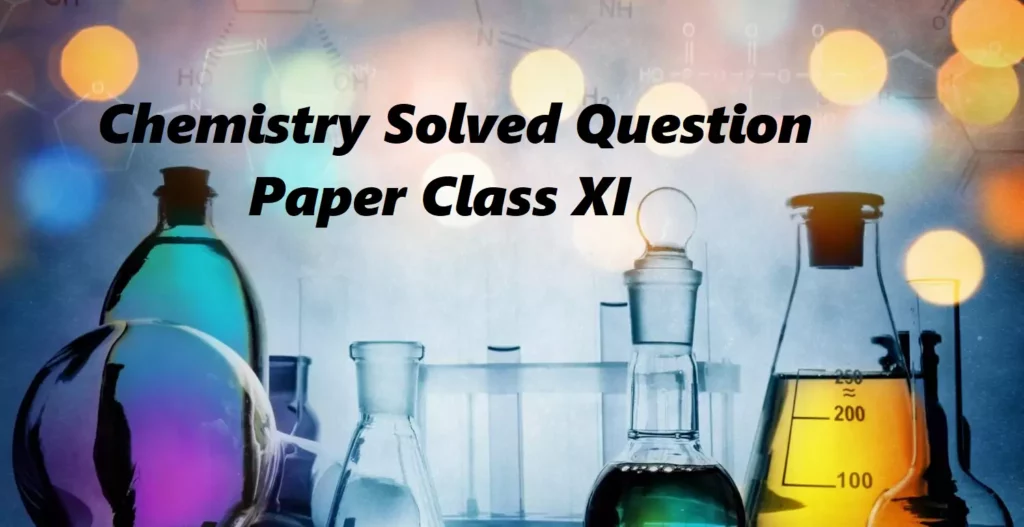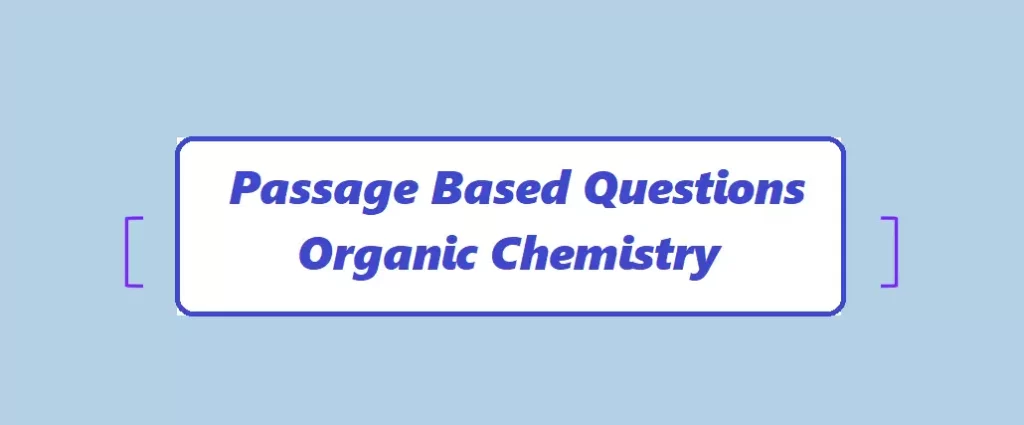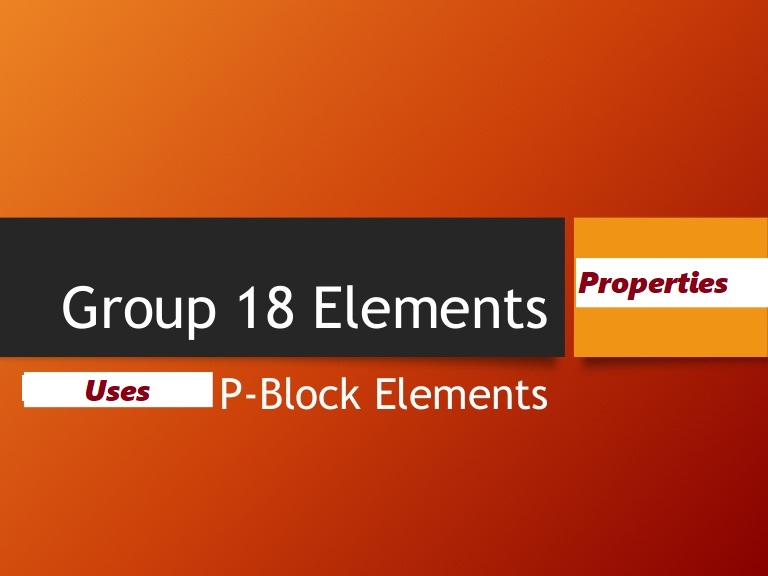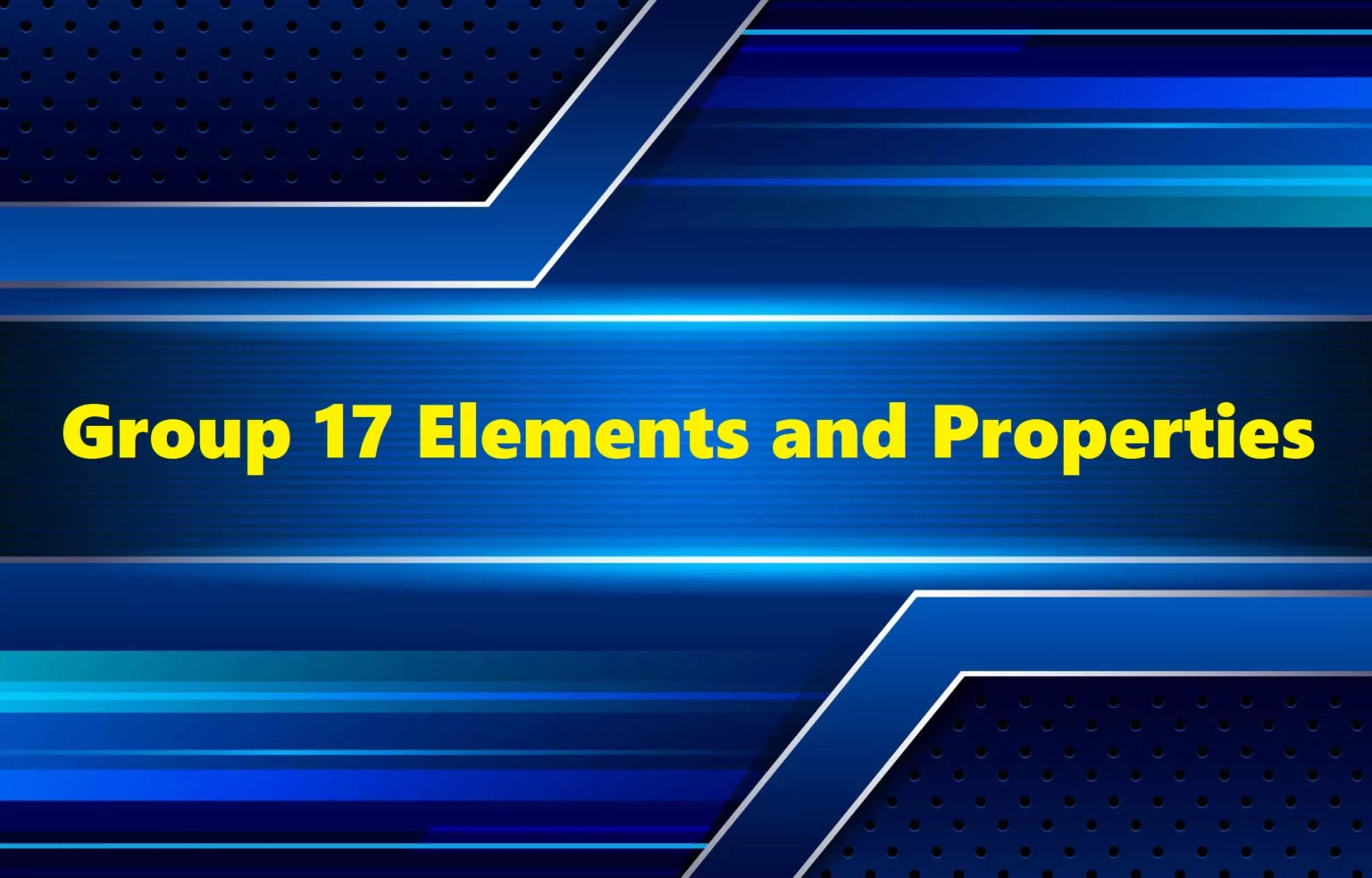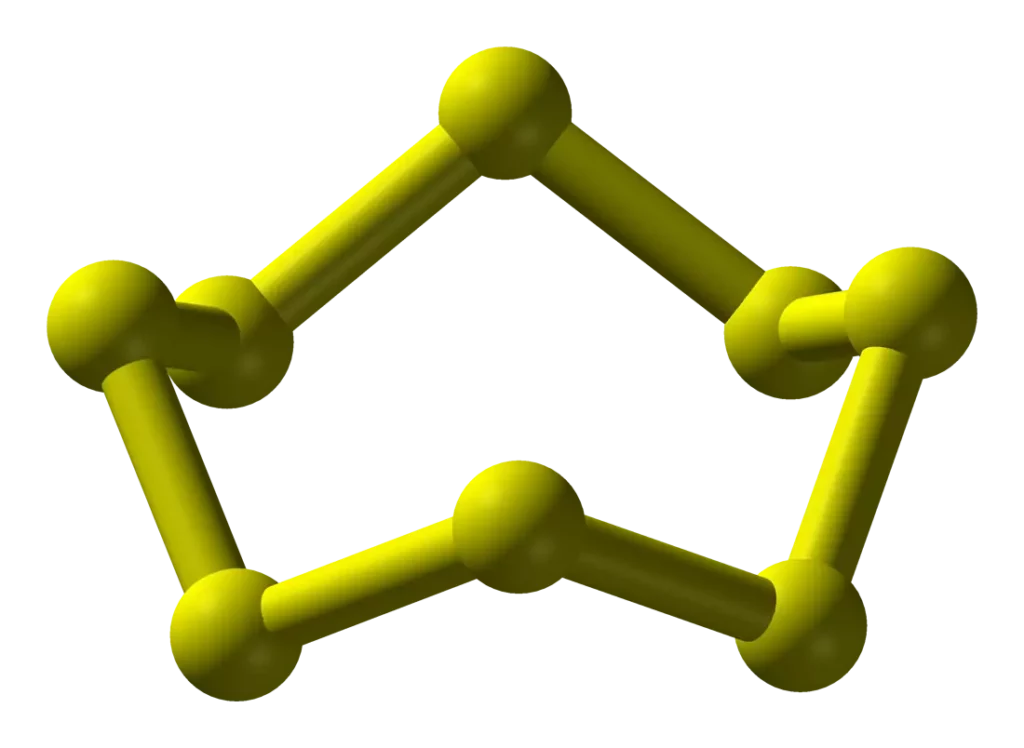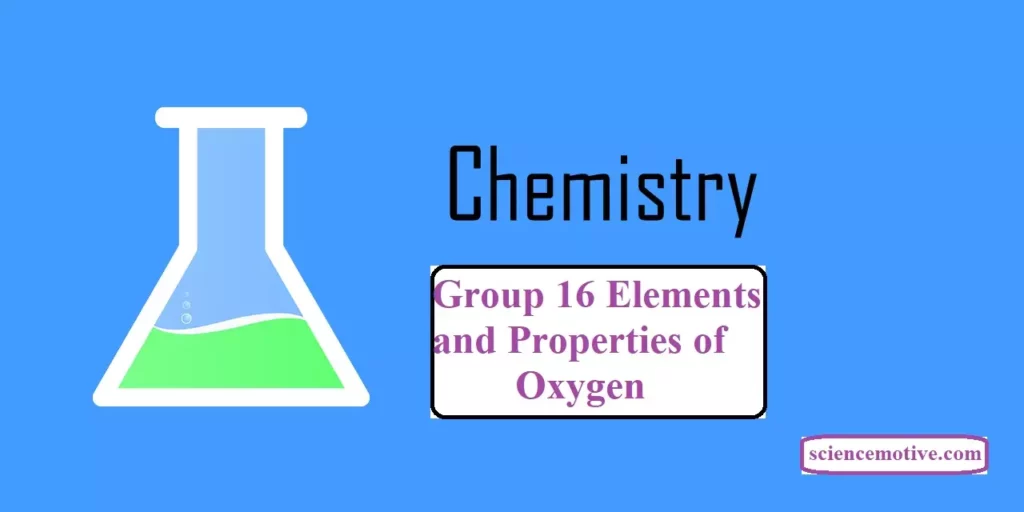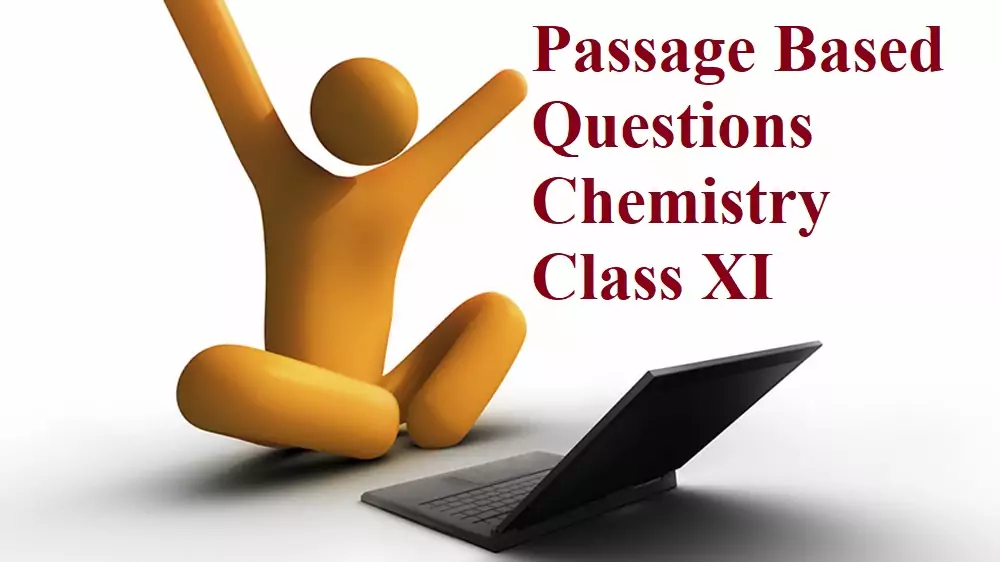CHEMISTRY OF BIOMOLECULES WITH EXAMPLES The molecules present in the living system which are essential for the growth and maintenance of our body are called ‘Biomolecules’. Eg. Carbohydrates, Proteins, Nucleic acids, Lipids, Vitamins, etc. CARBOHYDRATES / SACCHARIDES According to Old concept, these are the hydrates of carbon and most of them have a general formula Cx(H2O)y. According to Modern concept, these are poly-hydroxy aldehydes or ketones or substance which produces such units on hydrolysis. Some of the carbohydrates are crystalline, water-soluble, and sweet in taste. They are called Sugars. Carbohydrates that are not crystalline, water-insoluble, and have no sweet…
Author: Dr. Vikas Jasrotia
Chemistry (Class XI)Paragraph Based Questions Chemistry (Class XI)Paragraph Based Questions 1. Read the given passage and answer the questions that follow: Boron is an element of Group 13. It is a metalloid. Borax, orthoboric acid and diborane are important compounds of boron. Borax is used to prepare heat-resistant pyrex glass. It is also used for cleaning metals like gold. It is also used in the borax bead test to detect colored salts in the lab. Orthoboric acid is a weak acid used as an antiseptic in eye lotion. It is solid having extensive H-bonding. It acts as Lewis acid.…
Chemistry Solved Question Paper Class XI SUBJECT – CHEMISTRY Class – XI Session — 2020-2021 Time : 3 hours M.M.-70. General Instructions: i. There are 33 questions in this question paper. All questions are compulsory. ii. Section A: Q.No.1 to 2 are case-based questions having four MCQs or Reason Assertion type based on…
Passage Based Questions Organic Chemistry 1. Read the passage given below and answer the following questions: Oxidation of alcohols to aldehydes is partial oxidation; aldehydes are further oxidized to carboxylic acids. Conditions required for making aldehydes are heat and distillation. In aldehyde formation, the temperature of the reaction should be kept above the boiling point of the aldehyde and below the boiling point of the alcohol. Reagents useful for the transformation of primary alcohols to aldehydes are normally also suitable for the oxidation of secondary alcohols to ketones. The following questions are multiple-choice questions. Choose the most appropriate answer:…
Noble Gases (Group 18) Elements Group 18 Elements Group 18 consists of six elements- helium (He), neon (Ne), argon (Ar), krypton (Kr), xenon (Xe), and radon (Rn). All these are gases and chemically unreactive. They form very few compounds. Because of this, they are termed noble gases. (i) Occurrence: All the noble gases except radon occur in the atmosphere. Their atmospheric abundance in dry air is ~ 1% by volume of which argon is the major constituent. Helium and sometimes neon is found in minerals of radioactive origin e.g., pitchblende, monazite, cleveite. The main commercial source of helium is natural gas.…
Chlorine its Properties and Oxoacids of Chlorine Chlorine (Cl2) (1) Preparation: It can be prepared by any one of the following methods: (i) By heating manganese dioxide with concentrated hydrochloric acid. MnO2 + 4HCl → MnCl2 + Cl2 + 2H2O Conc. HCl can be replaced by a mixture of common salt and concentrated H2SO4 4NaCl + MnO2 + 4H2SO4 → MnCl2+ 4NaHSO4 + 2H2O + Cl2 (ii) By the action of HCl on potassium permanganate. 2KMnO4 + 16HCl → 2KCl + 2MnCl2 + 8H2O + 5Cl2 (2) Manufacture of Chlorine: (i) Deacon’s Process: By oxidation of hydrogen chloride gas by atmospheric oxygen in the presence of CuCl2 (catalyst) at 723 K. 4HCl+O2 ⎯⎯⎯⎯→2Cl2 +2H2O (ii) Electrolytic Process: Chlorine is obtained by the…
Group 17 Elements and Properties Group 17 Elements Group 17 includes Fluorine (F), chlorine (Cl), bromine (Br), iodine (I), and astatine (At). They are collectively known as the halogens (Greek halo means salt and genes born i.e., salt producers). The halogens are highly reactive non-metallic elements. (i) Electronic Configuration: All these elements have seven electrons in their outermost shell (ns2 np5) which is one electron short of the next noble gas. (ii) Atomic and ionic radii: Halogens have the smallest atomic radii in their respective periods because of the maximum effective nuclear charge. Atomic and ionic radii increase from fluorine to iodine due to…
Sulphur its Compounds and Properties Sulphur (S): Sulphur is the 2nd element of the oxygen family. Sulphur forms a large number of allotropes. Among these Yellow Rhombic (α-Sulphur) and Monoclinic (β -Sulphur) forms are the most important. The stable form at room temperature is rhombic sulphur, which transforms into monoclinic sulphur when heated above 369 K. (i) Rhombic Sulphur (a – Sulphur): This allotrope is yellow in colour, m.p. 385.8 K and specific gravity 2.06. Rhombic sulphur crystals are formed on evaporating the solution of roll sulphur in CS2. It is insoluble in water but dissolved to some extent in benzene, alcohol and ether. It is…
Group 16 Elements and Properties of Oxygen General Properties: (i) Ionisation Enthalpy: Ionisation enthalpy of these elements decreases down the group. It is due to an increase in size. However, the elements of this group have lower ionisation enthalpy values compared to those of Group 15 elements. This is due to the fact that Group 15 elements have extra stable half-filled p orbitals electronic configuration. The oxygen atom has less negative electron gain enthalpy than sulphur because of the compact nature of its shells due to which the electronic repulsion is greater. (ii) Oxidation State: They show -2, +2, +4, +6 oxidation…
Passage Based Questions Chemistry Class XI 1. Read the passage and answer the questions that follow: The attractive force which holds the two atoms together is called a chemical bond. A covalent bond is formed by an equal sharing of electrons. A coordinate bond is formed by unequal sharing of electrons. An ionic bond is formed by the transfer of electrons from one atom to another. Octet rule, although very useful but is not universally applicable. According to valence bond theory, a covalent bond is formed by overlapping of half-filled atomic orbitals resulting in a lowering of energy and…
